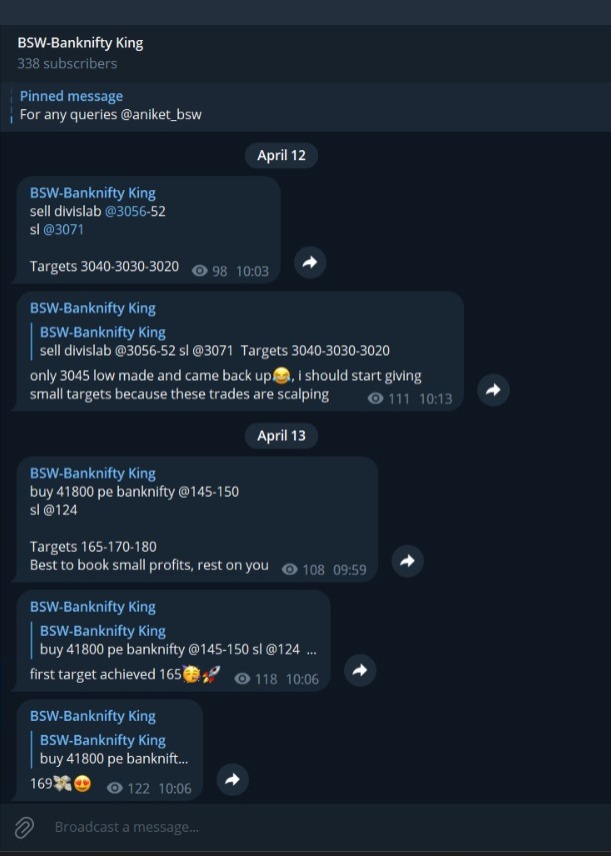Introduction
A thorough knowledge of technical indicators is necessary for successful day trading in order to recognise probable buying and selling opportunities. The Relative Strength Index (RSI), for example, has grown in popularity among traders. The momentum oscillator known as the RSI, created by J. Welles Wilder Jr., gauges how quickly and dramatically prices fluctuate. Finding the ideal RSI settings for day trading can be difficult, though. In this piece, we’ll examine the nuances of the RSI and several settings that can improve your day trading approach.
Relative Strength Index (RSI) explanation:
The RSI is a flexible indicator that oscillates between zero and one hundred and gives traders information about overbought and oversold conditions. It creates a value that indicates the strength of price fluctuations by comparing the size of recent gains and losses over a given time period, usually 14 periods.
Standard RSI settings:
As advised by Wilder, the default setting for the RSI is frequently 14 periods. This situation offers a fair assessment of the market’s momentum. The RSI is seen as overbought when it rises above 70, signalling a likely reversal or corrective move downward. On the other hand, when the RSI drops below 30, it is considered oversold and points to a potential rebound or upward corrective move. For traders, these levels serve as indications to initiate or exit positions.
RSI day trading settings:
Although many traders find the default RSI settings to be satisfactory, customisation can aid in matching the indicator to particular market circumstances and trading approaches. Let’s look at a few different options that traders frequently think about for day trading:
Shorter timeframes:
For day traders looking to capture price movements over shorter periods of time, it can be beneficial to reduce the number of periods used in calculating the RSI. Common alternatives include 9 or 5 cycles to provide more frequent signals. However, it is important to note that shorter timeframes can generate more false signals that require additional confirmation from other indicators and price patterns.
Longer Timeframes:
Conversely, some day traders prefer longer timeframes to get a more comprehensive picture of market trends. Increasing the RSI period to 21 or 30 periods removes noise, removes short-term fluctuations, and gives a clearer picture of overall market sentiment.
Multi-timeframe analysis:
Day traders often use multi-timeframe analysis to gain a holistic understanding of the market. Using different RSI settings on different timeframes, such as 14-, 21-, and 30-period combinations can provide valuable insight into trend strength and potential reversal points.
Volatility Based Settings:
Another approach is to adjust his RSI settings based on market volatility. In highly volatile markets, shorter RSI periods such as 7 and 9 are better suited to capture fast price movements. In contrast, during periods of low volatility, long RSI periods such as 21 and 30 help traders spot larger changes in momentum.
Experimentation and fine-tuning:
Ultimately, finding the best RSI settings for day trading requires experimentation and fine-tuning. Traders should use historical data to test different settings, evaluate performance, and refine strategies. It is important to consider factors such as the particular market being traded, the trader’s risk tolerance, and the time frame of the trade.

Endings:
The Relative Strength Index (RSI) is a powerful tool that can improve a day trader’s decision-making process. While the default setting of 14 periods works well inmostcases, customizing the RSI settings allows the indicator toadaptto individual trading styles and market conditions. Shorter or longer timeframes, multiple timeframe analysis, volatility-based settings and experiments
Also read these articles:
5 Tradingview indicators you didn’t know about

